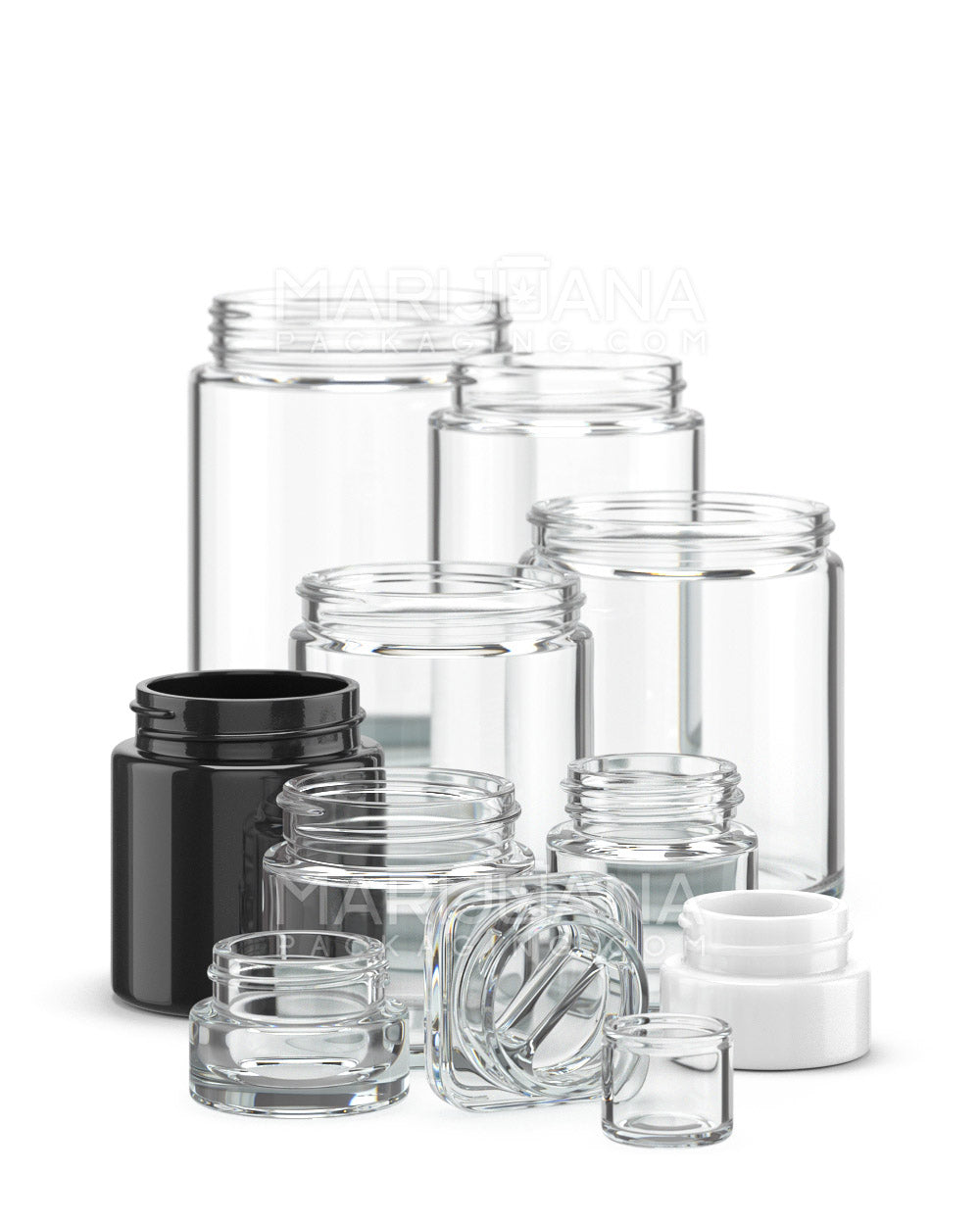Dealing with chronic pain can feel like an uphill battle, and finding effective relief is often a top priority for many. Medical marijuana has emerged as a popular alternative, offering a natural approach to managing pain. But with so many strains and products out there, it can be tricky to figure out which one might work best for you.
In this article, we’ll explore the world of medical marijuana and its potential for pain relief. From understanding the different strains to exploring various products, we’ll delve into the details to help you make an informed decision. Let's get started and find the relief you’ve been searching for.
Understanding Medical Marijuana: A Brief Overview
Before jumping into the specifics, it’s important to grasp what medical marijuana is and how it works. Essentially, medical marijuana uses the marijuana plant or its extracts to treat symptoms of illness and other conditions. The plant contains over 100 different chemicals called cannabinoids, each having a different effect on the body.
The two primary cannabinoids are THC (tetrahydrocannabinol) and CBD (cannabidiol). THC is the compound responsible for the psychoactive effects, or the "high," while CBD is non-psychoactive and known for its therapeutic benefits. Both of these compounds can play a role in pain management, but they do so in different ways.
Understanding how these cannabinoids interact with your body’s endocannabinoid system can help explain why medical marijuana is effective for pain relief. This system is involved in regulating a variety of functions, including pain sensation. By interacting with the receptors in this system, cannabinoids can help reduce pain and inflammation.
Choosing the Right Strain for Pain Relief
When it comes to selecting a marijuana strain for pain relief, it’s like picking the right tool for a job — different strains work better for different types of pain. Generally, strains are classified into three categories: Indica, Sativa, and Hybrids.
- Indica: Known for its relaxing effects, Indica strains are often recommended for chronic pain, muscle spasms, and insomnia. They tend to have higher CBD content, which can help with pain relief without the intense psychoactive effects.
- Sativa: These strains are typically more energizing and can help with mood elevation. They are often used for neuropathic pain and can help improve focus and creativity.
- Hybrids: As the name suggests, these are a mix of Indica and Sativa strains, offering a balance of effects. They can be tailored to meet individual needs, depending on the specific blend of cannabinoids.
It’s important to consult with a knowledgeable dispensary staff or a healthcare provider to find the strain that best suits your pain relief needs. Everyone’s body reacts differently, so a bit of experimentation might be necessary to find the perfect match.
Popular Strains for Pain Management
Now that we have a basic understanding of the different types of strains, let's dive into some specific ones that have gained popularity for pain management. Here are a few to consider:
- ACDC: This strain is renowned for its high CBD content and minimal THC, making it ideal for those who seek relief without the high. It’s effective in treating chronic pain, inflammation, and anxiety.
- Harlequin: With a balanced ratio of CBD to THC, Harlequin is perfect for pain relief without heavy sedation. It's especially beneficial for those dealing with arthritis and migraines.
- Blue Dream: A popular hybrid, Blue Dream offers full-body relaxation with gentle cerebral invigoration. It’s often used for chronic pain and depression.
- Northern Lights: Known for its potent Indica effects, Northern Lights is great for nighttime use, helping with pain and sleep disorders.
Each of these strains has unique properties, so be sure to talk to your healthcare provider to see which might be best suited for your needs.
Exploring Different Forms of Medical Marijuana
Aside from choosing a strain, the form in which you consume medical marijuana can significantly impact its effectiveness for pain relief. Here are some common options:
- Smoking or Vaping: This method offers quick relief, but it might not be suitable for everyone, especially those with respiratory issues.
- Edibles: These are food products infused with cannabis. While they take longer to kick in, the effects last longer, making them ideal for sustained pain relief.
- Tinctures: These are liquid extracts that can be taken sublingually (under the tongue) for fast absorption. They are easy to dose and provide long-lasting effects.
- Topicals: Creams or lotions infused with cannabis can be applied directly to the skin. They are great for localized pain, such as arthritis or muscle soreness.
Choosing the right form depends on your lifestyle, preferences, and specific pain management needs. Experimenting with different forms can help you find what works best for you.
Legal Considerations for Medical Marijuana Use
Before diving into medical marijuana use, it’s crucial to understand the legal landscape. While marijuana is still federally illegal in the United States, many states have legalized it for medical use. However, the rules and regulations can vary significantly from state to state.
To legally obtain medical marijuana, you generally need to have a qualifying condition and receive a recommendation from a licensed healthcare provider. Some states may also require you to register with a medical marijuana program to receive an identification card.
It’s important to stay informed about the specific laws in your state to ensure you’re compliant. Consulting with a legal expert or a knowledgeable dispensary can provide clarity and help you navigate the legalities of using medical marijuana.
Consulting with Healthcare Professionals
When considering medical marijuana for pain relief, it’s essential to involve your healthcare provider in the discussion. They can offer valuable insights into how marijuana might interact with any medications you’re currently taking and provide guidance on appropriate dosages.
Many healthcare providers are open to discussing medical marijuana as an option, but some may not be as familiar with its use. If that’s the case, seeking a specialist who understands cannabis medicine might be beneficial.
Your healthcare provider can also help monitor your response to medical marijuana and adjust your treatment plan as necessary. This collaboration ensures a safe and effective approach to managing your pain.
Monitoring and Adjusting Your Treatment
Finding the right medical marijuana regimen is often a journey of trial and error. It’s important to monitor your symptoms and adjust your treatment as needed. Keep a journal to track your dosages, the strains you’ve tried, and how they’ve impacted your pain levels.
Pay attention to any side effects you may experience. While marijuana is generally well-tolerated, some people might experience dry mouth, dizziness, or changes in appetite. If you notice any adverse effects, consult with your healthcare provider to make necessary adjustments.
Remember, patience is key. It might take some time to find the right combination of strain, dosage, and form that works for you. Stay open-minded and flexible as you explore different options.
The Financial Aspect of Medical Marijuana
Cost is another important factor to consider when using medical marijuana for pain relief. Prices can vary widely depending on the strain, form, and where you purchase it. Insurance typically doesn’t cover medical marijuana, which means you’ll be paying out of pocket.
Some states have programs to assist low-income patients with the cost of medical marijuana. It's worth researching to see if any financial assistance is available in your area.
To help manage costs, consider buying in bulk or looking for discounts offered by dispensaries. Building a relationship with a trusted dispensary can also lead to insider tips on sales and promotions.
Final Thoughts
Medical marijuana offers a promising alternative for pain management, especially for those seeking a natural approach. By understanding the different strains and forms, consulting with healthcare professionals, and navigating the legal landscape, you can find a solution that works for you. Remember to be patient, as finding the right combination might take some time.
If you're looking for high-quality packaging options for your medical marijuana products, Gamut has got you covered. With over a decade of expertise, they offer a full range of solutions, from jars and bags to tubes and containers. Their services are tailored to help your brand stand out, making your products unforgettable. Explore the full spectrum of packaging solutions with Gamut and elevate your brand to new heights.



















